Walpurgis Night and May Day
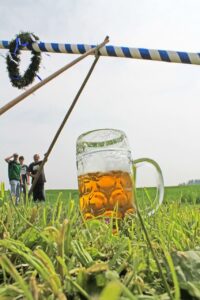 Walpurgis Night and May Day are two festivals that are steeped in pagan and Heathen traditions. People have celebrated them for centuries in various parts of Europe. These festivals mark the beginning of the summer season. Both pagans and Christians associate these holidays with fertility, growth, and renewal.
Walpurgis Night and May Day are two festivals that are steeped in pagan and Heathen traditions. People have celebrated them for centuries in various parts of Europe. These festivals mark the beginning of the summer season. Both pagans and Christians associate these holidays with fertility, growth, and renewal.
Let’s explore the history and significance of Walpurgis Night and May Day. BY doing so, we can learn how they relate to pagan and Heathen beliefs.
The History of Walpurgis Night
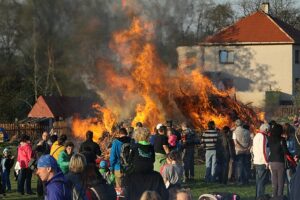
Walpurgis Night is a festival that is celebrated on the night of April 30th. It is named after Saint Walpurga, an 8th-century Christian missionary who was canonized by the Catholic Church for her work in converting pagans to Christianity.
However, we can trace back the origins of Walpurgis Night to pagan and Heathen traditions that predate Christianity. In pre-Christian times, the festival was known as Valpurgisnacht. People celebrated it as a time when the veil between the worlds of the living and the dead was at its thinnest.
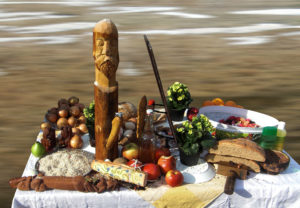 During Valpurgisnacht, people would light bonfires and leave offerings of food and drink for their ancestors and other spirits. They would also dress up in costumes and masks to scare away evil spirits.
During Valpurgisnacht, people would light bonfires and leave offerings of food and drink for their ancestors and other spirits. They would also dress up in costumes and masks to scare away evil spirits.
Over time, the festival became associated with witches and witchcraft. Unfortunately, literature and folklore depicted it as a time when witches would gather on Brocken, a mountain in Germany. There, they would hold a Sabbath and perform spells and other magical rituals.
May Day’s Significence
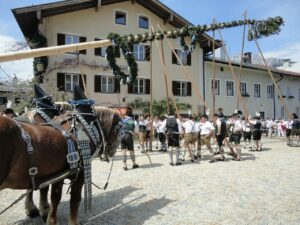 May Day, which is celebrated on May 1st, is another festival that has roots in pagan and Heathen traditions. The festival marks the beginning of the summer season, and people associate it with fertility, growth, and the renewal of life after the long winter months.
May Day, which is celebrated on May 1st, is another festival that has roots in pagan and Heathen traditions. The festival marks the beginning of the summer season, and people associate it with fertility, growth, and the renewal of life after the long winter months.
In pre-Christian times, people knew May Day as Beltane. Pagans celebrated it as a time when the nature spirits awoke from their winter slumber. During the festival, people would light bonfires and dance around a maypole, which was decorated with ribbons and flowers.
Beltane was also a time of fertility, and pagans believed that couples who spent the night together on Beltane would be blessed with fertility and good fortune. This belief is reflected in the May Day tradition of crowning a May Queen and a May King, who represent the union of male and female energies.
How Walpurgis Night and May Day relate to Pagan and Heathen Beliefs
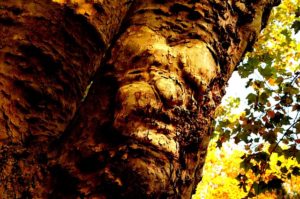 Walpurgis Night and May Day are both festivals that are steeped in pagan and Heathen beliefs. They show a deep reverence for nature and the cycles of life.
Walpurgis Night and May Day are both festivals that are steeped in pagan and Heathen beliefs. They show a deep reverence for nature and the cycles of life.
For pagans and Heathens, these festivals are an opportunity to connect with the natural world and to honor the spirits that inhabit it. They are also a time to celebrate the return of life and growth after the dark, cold winter months.
At the same time, Walpurgis Night and May Day are also an opportunity for us to reflect on the deeper spiritual meaning of these festivals. For pagans and Heathens, these festivals represent a time of spiritual renewal and transformation, a time when we can shed the old and embrace the new.
A Special Reverence for Nature
Walpurgis Night and May Day are two festivals that have been celebrated for centuries, and they continue to hold deep spiritual significance for pagans and Heathens today. These festivals are an opportunity to connect with the natural world, to honor our ancestors and other spirits, and to celebrate the renewal of life and growth that comes with the arrival of the summer season.
Whether you’re a pagan, Heathen, or simply someone who appreciates the beauty and power of nature, Walpurgis Night and May Day are festivals that are worth exploring and celebrating. By honoring these traditions, we can deepen our connection to the natural world and to the deeper spiritual forces that shape our lives.
—
Did you know you can become my patron for as little as $5 a month? This entitles you to content not posted anywhere else. Plus you get to see posts like this three days before the public! Without patrons, I’d be having a very hard time keeping this blog going. Become a patron today!Become a Patron!
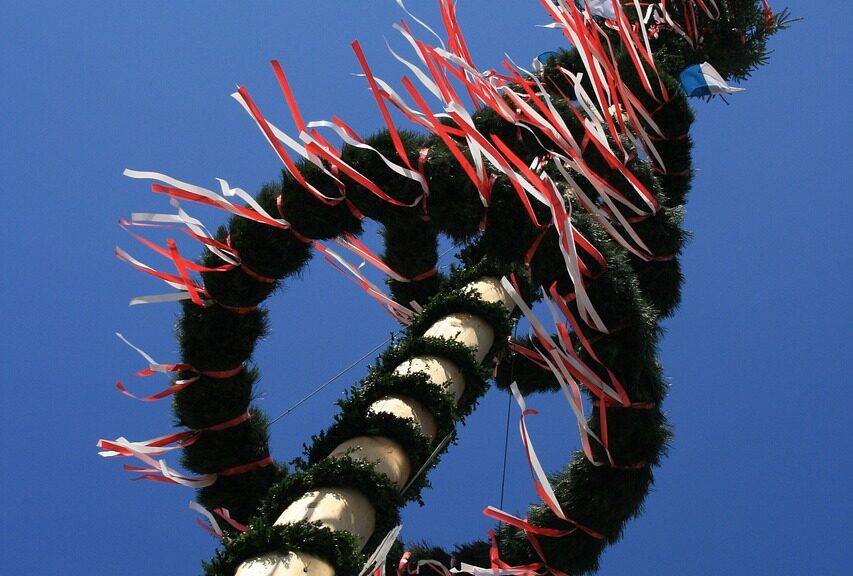
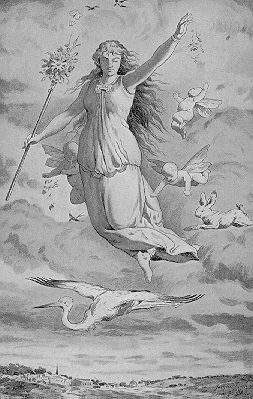
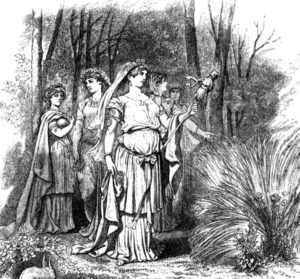 Welcome, fellow Heathens, to the month of Harpa or Gaukamánuður. In modern times, this month roughly corresponds with the middle of April and marks the arrival of spring. In Old Norse tradition, Harpa was a time of celebration and renewal. People celebrated because winter gave way to the sun’s warmth and spring’s return.
Welcome, fellow Heathens, to the month of Harpa or Gaukamánuður. In modern times, this month roughly corresponds with the middle of April and marks the arrival of spring. In Old Norse tradition, Harpa was a time of celebration and renewal. People celebrated because winter gave way to the sun’s warmth and spring’s return.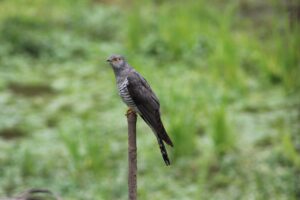
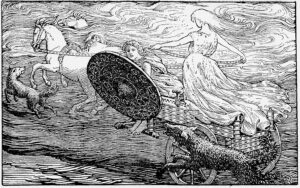 During the month of Harpa, the Vikings celebrated the sun’s return and the longer days. In Norse mythology, the sun is personified as the goddess Sunna, who rides across the sky in a horse-drawn chariot. The Vikings celebrated the return of the sun with festivals and rituals.
During the month of Harpa, the Vikings celebrated the sun’s return and the longer days. In Norse mythology, the sun is personified as the goddess Sunna, who rides across the sky in a horse-drawn chariot. The Vikings celebrated the return of the sun with festivals and rituals.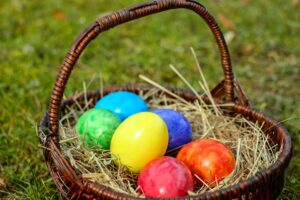 During the Blót, offerings of eggs and flowers were also made to the goddess Eostre, as eggs symbolized new life and flowers represented the beauty of nature. The festival of Eostre was also associated with the Christian holiday of
During the Blót, offerings of eggs and flowers were also made to the goddess Eostre, as eggs symbolized new life and flowers represented the beauty of nature. The festival of Eostre was also associated with the Christian holiday of 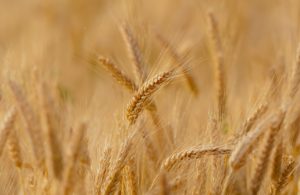
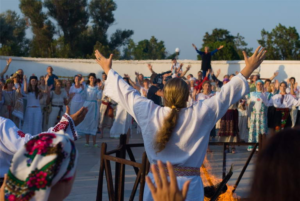 Another way to celebrate the month of Harpa is to hold a bonfire or other outdoor gathering with friends and family. You can gather around the fire, share food and drink, and tell stories or sing songs that connect you with the natural world. You may also wish to perform a ritual or make offerings to the land spirits, asking for their blessings on the coming season.
Another way to celebrate the month of Harpa is to hold a bonfire or other outdoor gathering with friends and family. You can gather around the fire, share food and drink, and tell stories or sing songs that connect you with the natural world. You may also wish to perform a ritual or make offerings to the land spirits, asking for their blessings on the coming season.